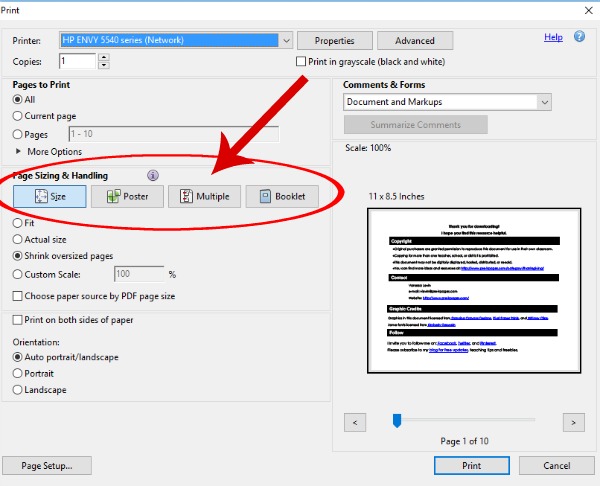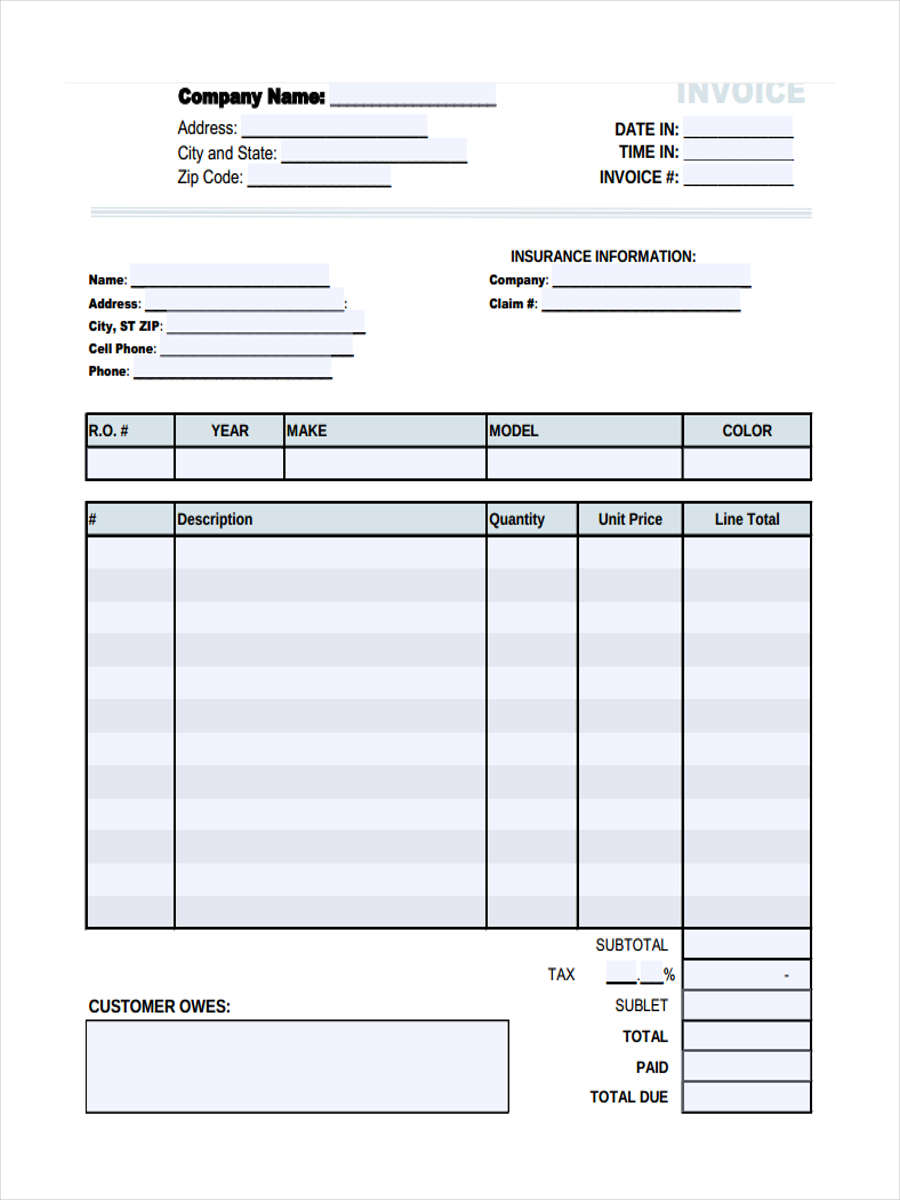

Much of this response came through the signaling channel, as some market participants inferred that slower asset purchases also implied a more-rapid increase in short-term interest rates. When, as Fed chair, I indicated in testimony in 2013 that the FOMC was considering slowing asset purchases if economic conditions improved sufficiently, the markets responded with a “taper tantrum” that included sharp increases in volatility and a rise in longer-term rates. Predicting what market participants would infer about future policy from the Committee’s announcements about its asset-buying plans-the so-called signaling effect-was particularly challenging. However, as the FOMC recognized at the time, this relatively unfamiliar tool presented challenges, including the difficulty of estimating the effects of a given amount of asset purchases on near-term financial conditions. The Fed’s large-scale asset purchases were undertaken because, with interest rates nearly at zero, conventional interest-rate cuts wouldn’t suffice.

Shrinking the balance sheet: the case for keeping it simple Although some shrinkage of the balance sheet will likely occur at some point, there’s no need to rush that process. I’m arguing instead that, whatever pace of tightening the FOMC chooses, it’s best implemented in the near term by increasing the short-term interest rate. To be clear, in this post I am taking no position on the appropriate pace of overall monetary tightening. As I’ll explain, under reasonable scenarios only a moderate amount of balance sheet reduction may ultimately be needed, reducing any urgency to begin the unwinding process.

Second, before beginning to shrink the balance sheet, the FOMC should have a clearer idea of what its ultimate size should be. But since the effect of balance sheet reduction on broader financial conditions is uncertain, it is prudent not to begin that process until short-term interest rates are comfortably away from their effective lower bound, leaving the Committee room to offset any unanticipated effects. In particular, once the runoff of the Fed’s assets begins, the FOMC should proceed on the assumption that it will not be halted. I’ll make two main points:įirst, policy communication will be made easier and the risk of market disruption minimized if the shrinkage of the balance sheet, once it begins, is passive and predictable. As I’ll discuss in this post, the case for deferring action on the balance sheet until short-term rates are meaningfully higher remains at least as strong as it was when the FOMC’s strategy was first devised. Has the Fed’s approach to balance sheet normalization actually changed? At least until I hear otherwise from the FOMC’s leadership or the Committee as a whole, my guess (and hope) is that it hasn’t. However, recently, a number of Fed officials have begun talking about plans for shrinking the balance sheet, leading market participants and other observers to speculate that first steps in that direction may take place sooner than expected. The FOMC has been clear that its current tightening campaign would ultimately involve shrinking the central bank’s balance sheet, but it has also said that will not begin that process until “ normalization of the level of the federal funds rate is well under way.” In short: rate increases first, balance sheet reduction later. Since then, it has kept the size of its balance sheet constant, buying just enough to replace maturing securities. The Fed stopped buying large quantities of assets in October 2014. The policy of so-called quantitative easing (see here and here) expanded the Fed’s balance sheet from less than $900 billion before the crisis to about $4.5 trillion today-including about $2.5 trillion in Treasuries and $1.8 trillion in mortgage-related securities. government-backed, mortgage-related securities. To help stabilize the financial system and promote economic recovery, starting in late 2008 the Federal Reserve purchased large quantities of financial assets, primarily Treasury securities and U.S.


 0 kommentar(er)
0 kommentar(er)
